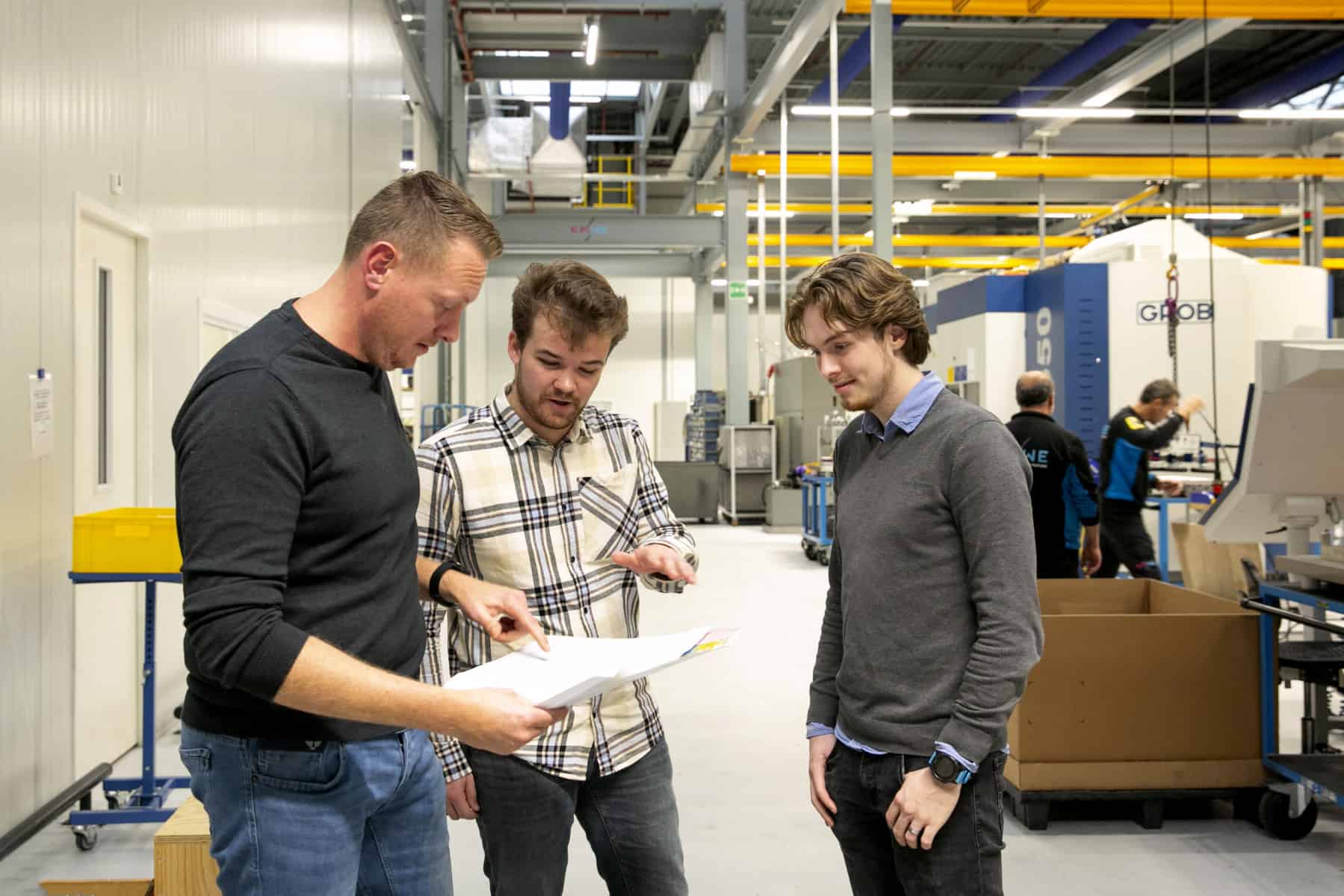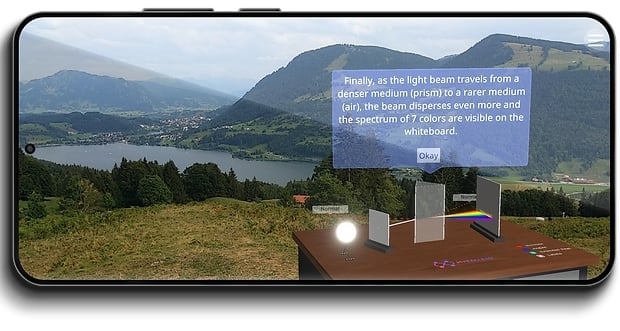
It was years ago that Jeffrey Wayers hided his initial plans for a cocktail machine in a closet at his parents’ home. He never quite forgot about them, but it needed a school assignment to pull them out again. As a freshman in Business Administration, he and his fellow student Manon van Laarhoven wrote a business plan for the machine, “and that got a little out of hand”, says Wayers. Almost six months later, the two Fontys students have a starting business of their own.
Wayers: “My parents have a catering business and so I saw how much manual work it needs to make a cocktail. When I was still in high school I already did some research on the automated cocktail makers market, but actually there was no machine that could replace a bartender. Then I made the drawing of the cocktail machine I would want to build myself.”
“The school assignment was to create a business plan for a fictitious product”, Van Laarhoven adds. “We decided to take a good look at Jeffrey’s plan and thus we went to work.” The two students at first didn’t think that the Cocktailizer would become feasible. Gradually that turned out differently.
Lease
The further they built and the deeper they got into the business model, the more they became convinced of their cocktail machine. But only after their teachers persuaded them to join the ‘Fontys Best Business’ contest, which they won, Van Laarhoven and Wayers decided to actually start producing the Cocktailizer.
The product has been extensively tested and is now produced – still on a small scale – in the Netherlands. The two businessmen buy most of the parts seperately, assemble them, and combine it with a tap that is especially made for them in Nederweert. Since a couple of months, bar owners can order the Cocktailizer. In fact, they don’t buy the machine, but lease the product. “If the bar can sell sixteen cocktails per week, the machine is already profitable,” Van Laarhoven explains.
Ambitions
The two entrepreneurs have big plans for the company. They are fully engaged in the search for partners and funders. Wayers: “Within a year we want to have installed 25 Cocktailizers. And we expect that the company has been able to employ more people.”
Long-term ambitions are focused on scaling up abroad. “We see that there is a market. For example, the area around the Mediterranean Sea attracts many tourists and cocktails are popular. But first, the Cocktailizer must do well in the Netherlands”, Van Laarhoven adds.
No waste
Instead of three to four minutes of adding, combining and shaking, the machine can prepare a cocktail in just a few seconds. Van Laarhoven: “Moreover, the machine is much more efficient, because normally lots of booze gets lost through spillage and decanting. The Cocktailizer prevents that, by carefully measuring all the ingredients. In addition, there is no need to hire an extra bartender, and still the bar can offer an unlimited range of cocktails the year round.”
The operator can connect up to 32 different bottles to the machine. “Thus hundreds of exclusive cocktails are available, all based on the needs of the consumer. We can also give advice and limit the selection if the bar owner prefers that.”
Ice Coffee
Often there are around twenty cocktails on the menu, but the duo has already thought about the wider use of the machine. Van Laarhoven: “We looked at what the machine is really good at and what drinks are the most time consuming to make. Besides cocktails, you can think of drinks like homemade iced tea, iced coffee or sangria.”
According Wayers, bars now often choose ready-made mixes or serving sachets, for example to quickly make sangria. “So I’m sure we can come up with options to also make these seasonal drinks in seconds. It’s just a matter of combining the right ingredients in the machine, so you can satisfy a wide variety of consumers.”







